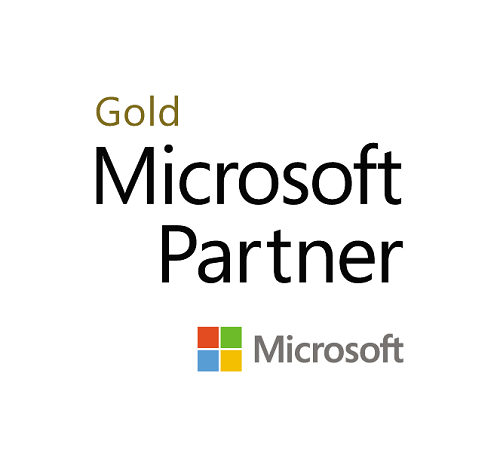
Constancy, as in the company's credo of “Mobile First, Cloud First”. CEO Satya Nadella made it clear that this mission will continue to shape Microsoft’s business direction and in particular its (supply) priorities. Now it is possible to plan! It becomes interesting, however, when one realizes that this credo is not an end in itself but rather is designed to improve individual productivity and also human collaboration. At the conference, this strategy gained another focus, namely Microsoft’s claim to reinvent productivity and business processes with the goal of implementing the digital transformation.
What is Microsoft’s role in the digital transformation?
Microsoft has also understood that by itself, this buzz word does not say all that much. Not least because of that, the company has also formulated four sub-objectives. Their sequence is interesting. As part of the digital transformation, Microsoft wants to help companies
- increase customer interaction,
- increase the productivity and independence of employees,
- optimize business processes and
- digitize or “transform” products.
These four dimensions also provide clues as to the direction for the new products:
1. Customer interaction
The new product name “Microsoft Dynamics 365” at minimum formulates the claim of providing a complete business solution (ERP + CRM + Office 365). Technically speaking, however, it represents the first integration step by two independent products. CRM is certain to play a key role in how Microsoft customers can be managed, organized and analyzed more comprehensively.
2. Productivity and independence of employees
Traditionally, and in the short term, the focus will be on new services designed to increase the productivity and organization of employees. The new comprehensive claim is interesting: based on a person- and role-oriented design, the aim is to free up or at least relieve employees of routine tasks. This means moving from separate macros in Excel (which often turned into serious business applications) towards “Composable Business Apps” that can be clicked together quickly and relatively easily. They combine different services such as PowerBI and even simple integration options on the basis of the new “Flow” component (practical self-service integration). Individual work patterns can then be analyzed and optimized using “Delve Analytics”.
In addition, the connectivity between persons or colleagues and their work results (documents) is steadily gaining in importance. Office Graph (e.g. with Delve as the user interface) is supposed to provide the central navigation function in this context. The vision of providing comprehensive relief also includes the increasing importance of the personal assistant Cortana as a voice service or voice control. It is supposed to be simplified in the short term; for the medium term, Microsoft wants to replace as many standard dialogs as possible (particularly those used to manage applications) with automation. In that context, voice control is only the entry point, while machine learning in the background is the real future driver (Cortana Intelligence Suite). To underline this claim, the company has already made available more than 30 interfaces / API for Cortana.
3. Optimizing business processes
The strategy for business processes is closely linked to the aforementioned solutions for organizing employees / social collaboration. The optimization of business processes is experiencing somewhat of a renaissance; according to Microsoft, “it requires us to reinvent business processes taking both a people-centric and platform-centric approach”. Here too, integration is likely to play a key role. Easy-to-implement integration across a variety of applications - and probably also across platforms - aims to give users a thoroughly consistent environment for editing their business processes. Added to this is the already noted claim to replace standard dialogs with automation.
4. Digitization / transformation of products
At the end, it will be exciting to see the extent to which it will be possible to also digitize (physical) products. Microsoft will take this step with Azure IoT Suite in particular. In addition to connecting products, the focus will also be on the options offered by Predictive Maintenance, supported or visualized/virtualized through the Holo Lens data glasses (Microsoft talks about “Mixed Reality”). A customer sums it up nicely: At the conference, the CEO of GE talked about the “marriage between analytics and physics - each of our products will have a digital twin”.
